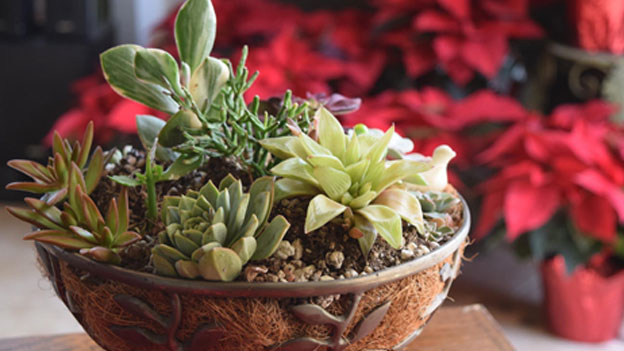How To Fertilize Indoor Plants With Liquid Fertilizer
Indoor plants can add so much beauty to any space. A big plus is that they require sunlight and water only from time to time. The other important thing that indoor plants require is liquid fertilizer to provide them with essential nutrients. Unlike outdoor plants where nature provides the plants with an adequate amount of sunlight and nutrients to help them grow, the nutrients available to indoor plants are strictly limited by the amount of soil in the pot and what you provide them as supplemental feeding. Plants, irrespective of indoor or outdoor type, make their food using sunlight in a natural process called photosynthesis.
Fertilizers are similar to multi-vitamins for indoor plants that promote healthy growth in plants. They are used to replace essential nutrients that plant potting mixes lose as they grow over time. Fertilizers contain the core nutrients and macronutrients like nitrogen (N), phosphorus (P) and potassium (K) which are essential for indoor plants to help them grow.
When it comes to choosing a fertilizer, there are a number of benefits of liquid fertilizers over its other different types. Liquid fertilizers ensure even application which can be easily absorbed into the soil. There are a number of ways available for the application of liquid fertilizers which one can choose from based on the area to be covered. The liquid fertilizer can be absorbed in much the same way as water, providing almost instantaneous benefits to the plants. Here is how you can use liquid fertilizers for indoor plants in the best possible ways: -
Know When to Fertilize
The right time to fertilize indoor plants is when you have lush and healthy plants and want to keep them that way. Fertilizing your indoor plants depend on the type of condition your home provides to the plants. When plants are actively growing, you can consider feeding liquid fertilizer to them every two weeks. Some plants grow faster and will require more frequent fertilization than others. Always check the composition of the liquid fertilizer you choose and the type of plant you want to apply the fertilizer on.
Apply on Soil
Using a liquid fertilizer dissolved with water lets you control the dosage and saturation of the soil. If the plant’s soil is dry, water the soil evenly before applying the liquid fertilizer. At the same time, avoid using concentrated or liquid fertilizers with synthetic products as they are prone to leaving spots or burnt patches on the plants’ leaves. Use a watering can with a narrow spout to feed the plants with liquid fertilizer directly into the soil.
Consider Foliage Feeding
One of the best ways to apply liquid fertilizer to your indoor plants is by spraying the fertilizer directly on the leaves. Foliar feeding on indoor plants promotes a higher nutrient intake for delivering quick and short-term nutrition to the plants. The best time for foliage feeding is when the leaves’ stomata are open before dawn and after dusk. Ensure good airflow around the leaves of your indoor plants to avoid fungus and other moisture-related issues.
When plants grow indoors in a container, some nutrients are leached out of the soil each time you water the plant. IFFCO Nano Urea, one of the best liquid fertilizers for indoor plants, is a Government of India approved liquid fertilizer that meets plants' nitrogen requirements, boosts leaf photosynthesis and increases root biomass. Also, because of Nano Urea’s better efficiency, it can cut down the amount of traditional urea required by the plant. Individuals can simply store the bottle of nano urea in a compact space to aid in the maintenance of the soil and water quality of the plants.



